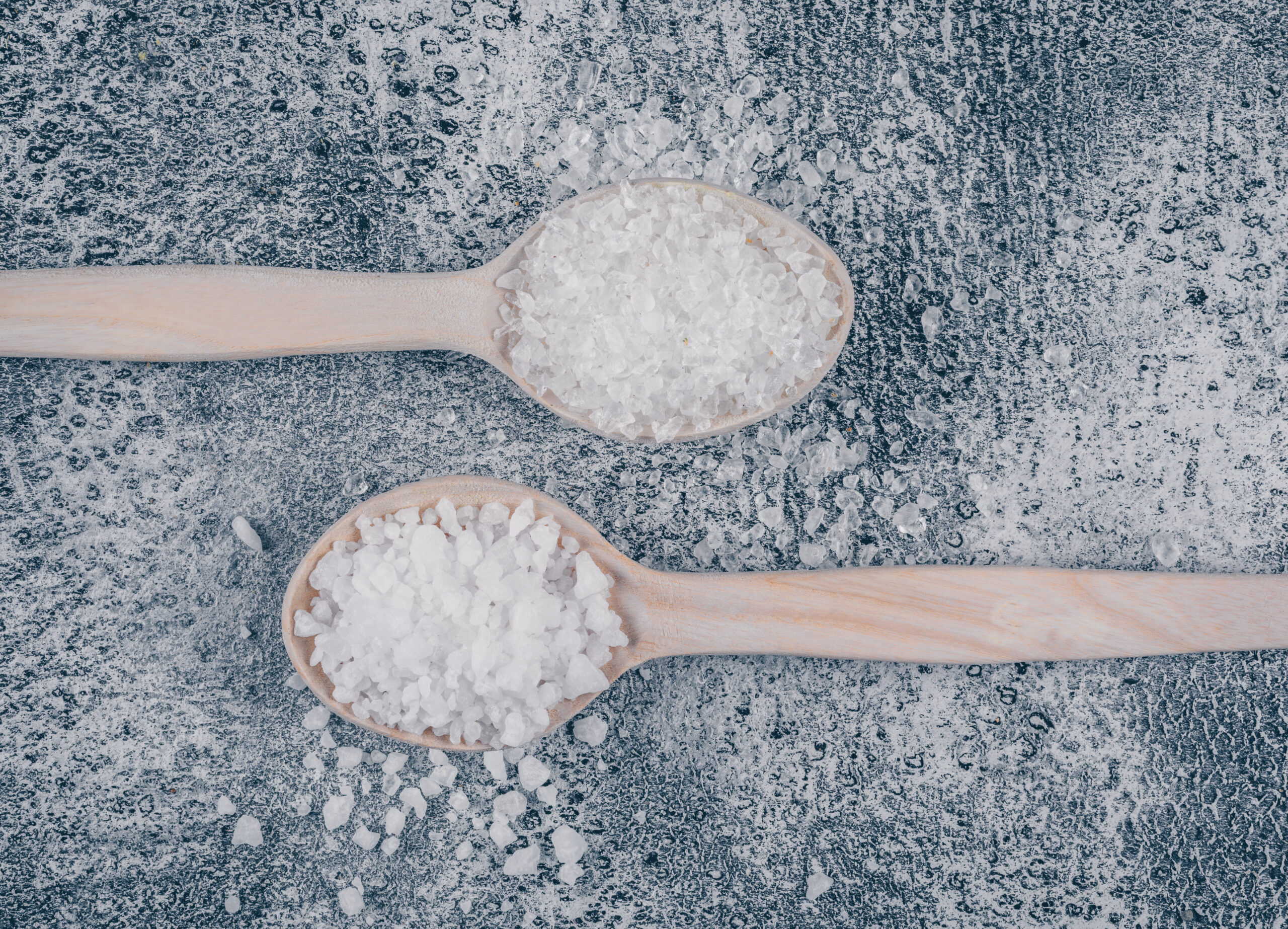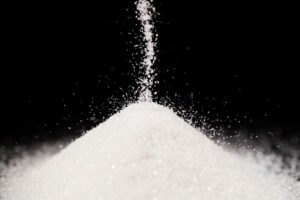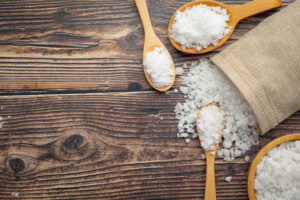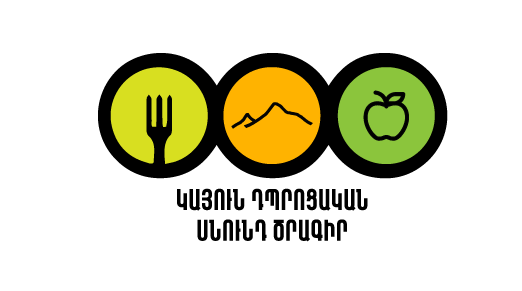- February 3, 2024

“If you are concerned about your child’s health and wish to instill healthy habits in them, don’t postpone the switch from sugary drinks to water. Begin immediately by refraining from purchasing any more sugary and harmful drinks, keeping them out of your children’s reach. The guidance from scientists is straightforward. Through small steps, parents can cultivate healthy habits for their children today.”

“Interesting to Know
- 60% of an adult’s body composition is water. It is essential for the smooth functioning of many vital bodily processes, including digesting food, regulating body temperature, and maintaining healthy skin.
- Water appeared on Earth approximately 4.4 billion years ago. Some scientists theorize that water reached Earth through comets that collided with our planet.
- Drinking water can vary in its chemical composition. In some places, the water contains more minerals; in others, less. This variation can influence its taste and overall healthiness.
- There is a so-called ‘raw water’ or ‘living water.’ This is water that has not undergone any treatment. Although it contains beneficial minerals, it can also harbor harmful bacteria and parasites, making it potentially dangerous to consume.
- There is a very serious problem of access to clean drinking water in the world. According to the World Health Organization, about 2 billion people live without sustainable access to drinking water.
- Drinking water can be a source of energy for the earth. For example, hydroelectric plants use water to generate electricity.
- Although we all think water is colorless, it actually has a faint blue tint. This is because water absorbs a little light in the red part of the spectrum, reflecting and refracting more blue light.
- Drinking water helps maintain normal kidney function, improves heart and muscle activity, and supports the process of digestion.
- Water can be processed through various methods, including filtration, distillation, chemical treatment, and ultraviolet irradiation. Depending on the source of contamination and the presence of impurities, different methods can be more or less effective in purifying water and making it suitable for consumption.
- On Earth, water undergoes a continuous hydrological cycle, which includes evaporation, condensation, precipitation, and runoff. This signifies that the water molecules we consume today could have been part of an ocean, cloud, or polar ice field thousands of years ago.
- Although a significant portion of the Earth (about 71%) is covered by water, only a small percentage (approximately 2.5%) is suitable for drinking. The majority of this vast amount is locked in polar ice caps and glaciers.

